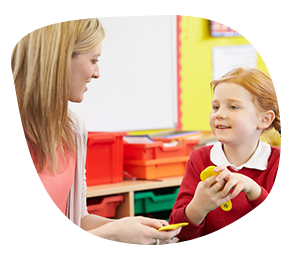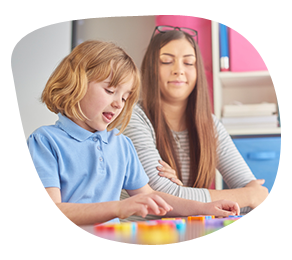-

Maths
Including: Resources designed to promote the development of mathematical knowledge and skills.
-

English
Including: Resources designed to promote the development of pupils’ spoken language, reading, writing and vocabulary.
-

Foundation
Including: Resources spanning history, geography, religious education, art, PE, MFL, music and computing that offer new and creative approaches to teaching and learning.
-

SEND
Including: Resources designed to support the care and development of children with special educational needs and disabilities.
-

CPD
Including: Resources schools can use to develop staff and standards of education.
-

Wellbeing
Including: Resources that promote happiness and health for pupils and teachers alike.
-

STEM
Including: Resources that engage children in the excitement and possibilities offered by science, technology, engineering and maths.
-

Free
Including: Resources provided to schools free of charge, including charity and fundraising materials.
-

Apps
Including: Apps that encourage student engagement, support teachers and make learning more flexible, collaborative or personalised.

